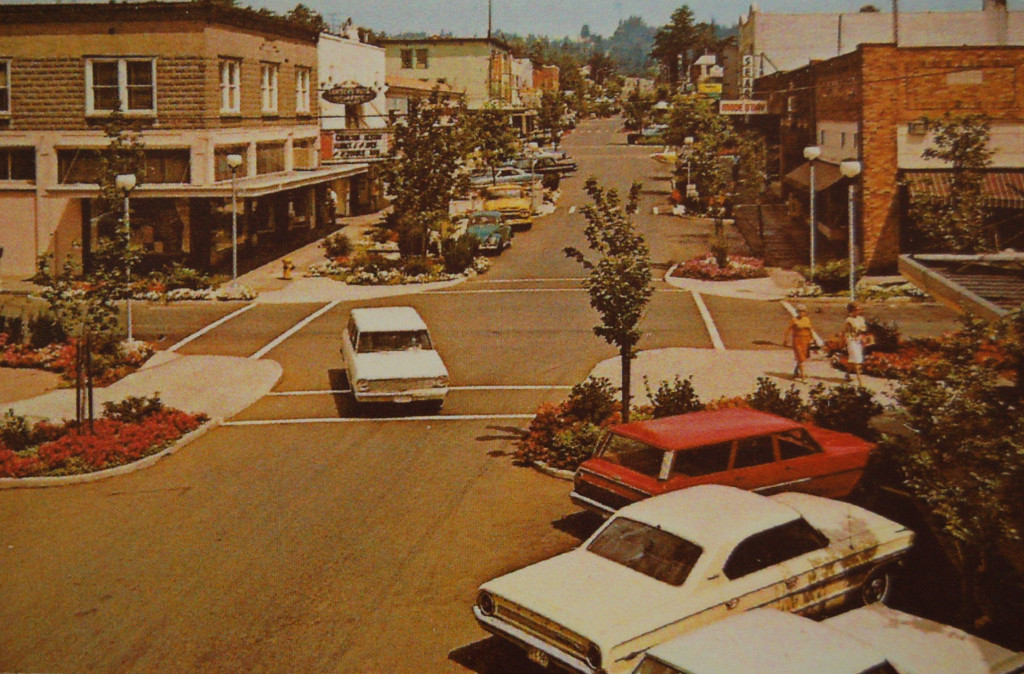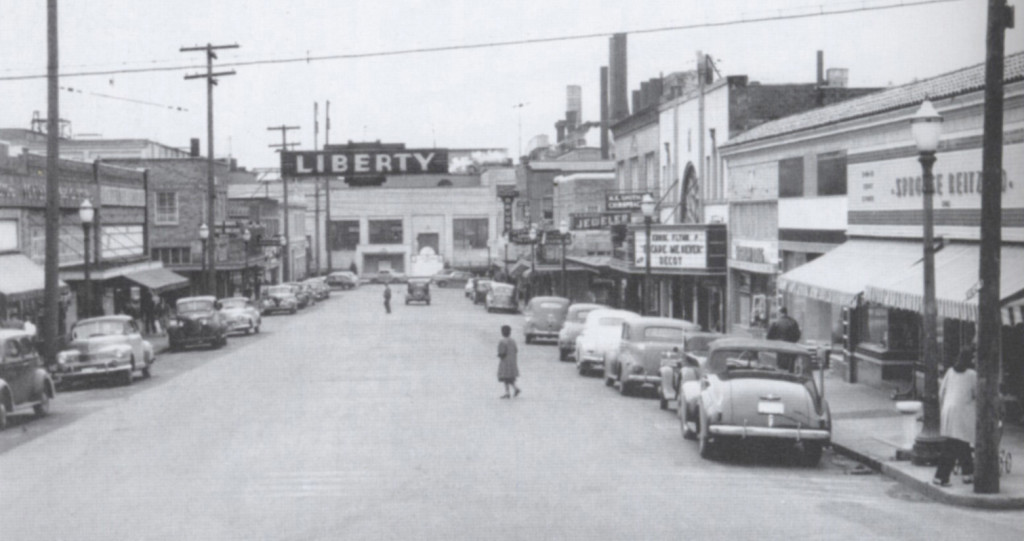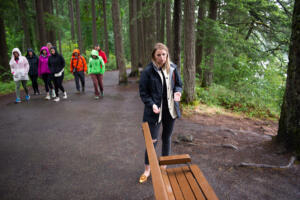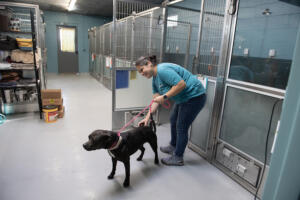“Downtown Camas: The Place to Be.”
This simple catchphrase emerged 15 years ago, with the formation of the Downtown Vision Coalition. The group’s direction and focus were captured in six simple words.
The effort was led by the city of Camas, and included contributions from small business owners and employees, and other local leaders and active citizens. They sought to make downtown Camas a more appealing place to shop, conduct business and live.
Today, many would agree that is exactly what this historic area has come to represent to the city’s 22,000 residents.
“Downtown Camas feels different because of the people and the connections that can be made here,” said Carrie Schulstad, who has been the executive director of the Downtown Camas Association since January 2014. “Locals enjoy coming together in a place they can be proud of. They like to see neighbors and friends. Visitors enjoy seeing a town that is taken care of, that has beauty and historic elements, and where they are greeted with small town service and kindness.”
Aesthetic highlights of downtown Camas include planter beds, benches, hanging flower baskets, acorn street lights, a water feature and bronze sculptures that together create a charming environment that celebrates what the city has to offer.






